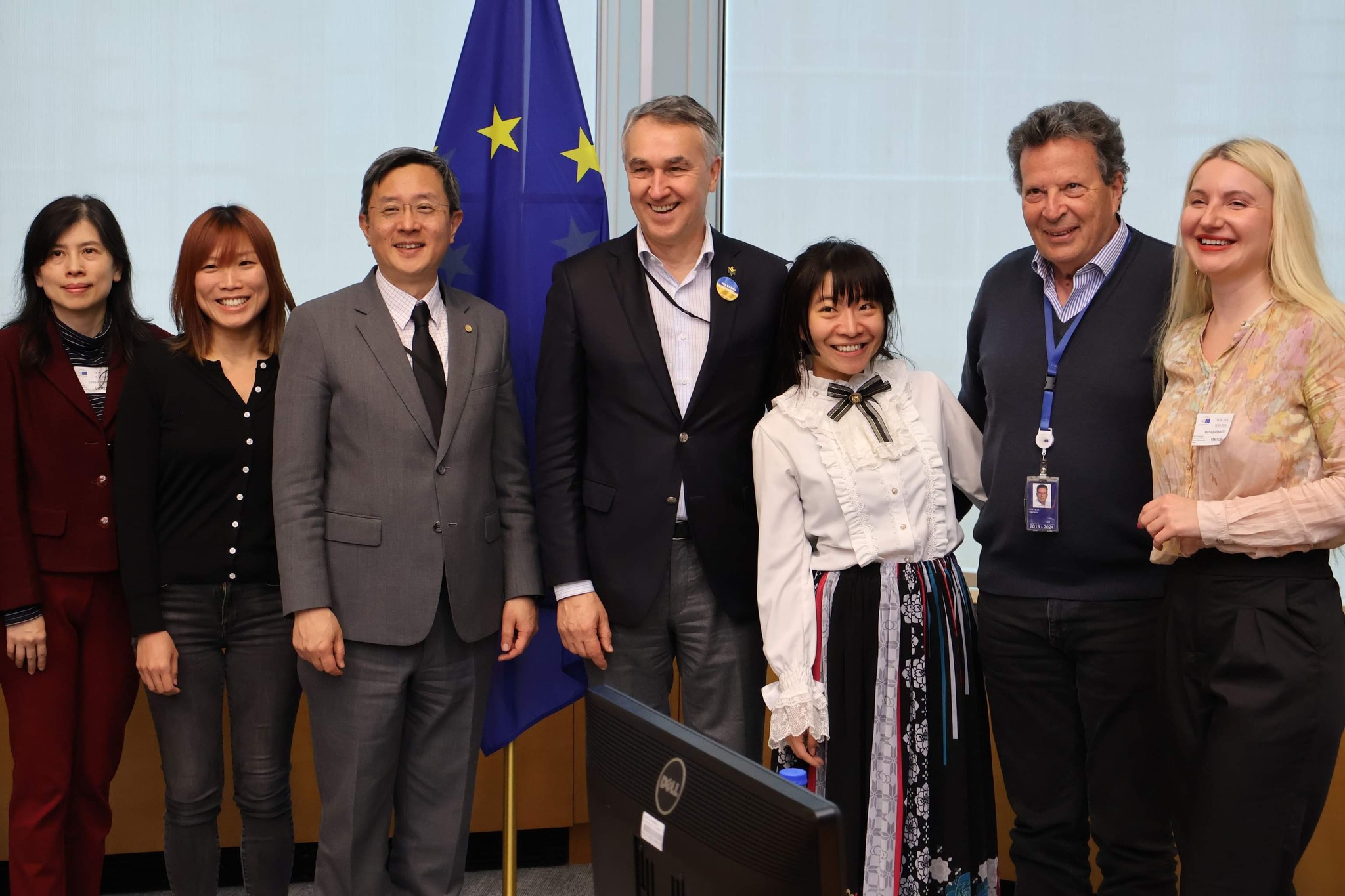The Maritime policy of the Russian Federation encompasses within itself the idea of pushing for Russian strategic interests within all available expanses of water. Moscow unites all tools and means at its disposal, including economic, legal, scientific, technical, and military influence to push for sovereignty in all of the bodies of water Russia has access to. And although Russian paperwork does recognize the primacy of international laws regarding Maritime policy, such as the United Nations Convention on the Law of the Sea (UNCLOS), in practice, this is not entirely the case, with Russia using bribery, economic pressure as well as the straight on use of naval forces and armed provocations, as in the case of Ukraine, Georgia and Syria in order to realize its national interests.
Within the Arctic circle, Russia has two main goals – to consolidate its sovereignty over the Northern Sea route and to expand their sovereignty over the Arctic shelf. And although Russia has given leeway to the US and Norway in regard to the Bering and Barents seas, Russia actively pushes its agenda of expanding into the Central Arctic waters. When it comes to the far East, Russian strategy remains the same – expansion and consolidation, exemplified in the dispute between Russia and Japan over the Kuril Islands, or the Northern Territories. In regard to the Barents and Baltic seas, Russia is in open competition with NATO Member states. However, Russia does have certain leverages over other states, especially with the Nord Stream pipelines and its access to the Wiślany strait, which means that Russia can block access to some Polish ports. Within the Caspian sea, Russia uses the tensions among bordering countries to take advantage of the Sea routes.
In regard to the Black Sea, Russia has made significant efforts in consolidating its powers over the Black Sea not only in 2014, but even before, in 1993 and 2003, when Russia achieved joint usage, with Ukraine, of the Azov sea and the Kerch strait. Of course, Russian grip over the Azov sea and the Kerch strait only tightened after the annexation of the Crimean peninsula and the construction of the Kerch bridge. This, in turn, provided Moscow with unlimited access to Azov waters and its resources. Consequently, these events highlight a clear Russian intent to economically isolate Ukraine, isolate Ukrainian ports and fisheries with the goal of further destabilizing the country. In fact, currently the biggest threat for Ukraine is the potential of Russia establishing itself in the Zmiinyi island, and to realize a further economic blockade of Southern Ukraine.
Summary by Artem Kyzym
Photo: headtopics.com
Source in Ukrainian: http://www.dsnews.ua/world/rozsunuti-perimetr-yaki-zagrozi-nese-ukrayini-ta-svitu-morska-02102019220000?fbclid=IwAR0BWQvypF6WpKTCkSipJzje9ghKYA5AZVro7IhXHf7oSNjiD6GQva80OlE






 UA
UA FR
FR DE
DE




